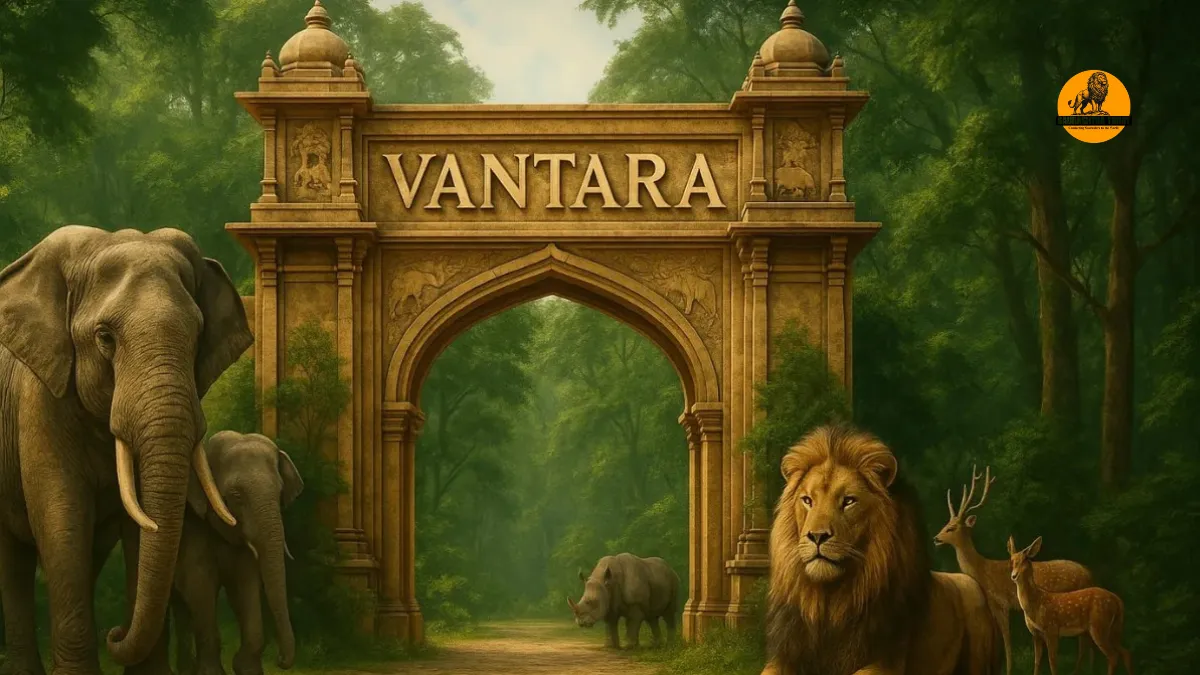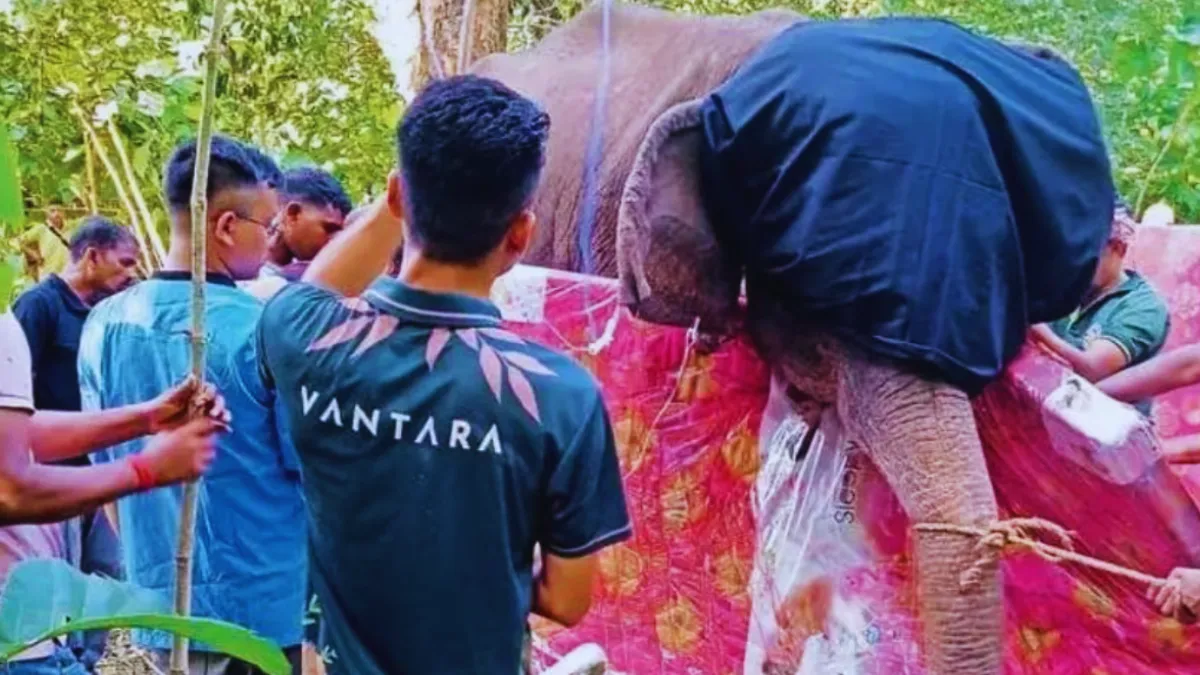Is Vantara Legal in India: Vantara, a sprawling wildlife rescue and rehabilitation center situated in Jamnagar, Gujarat, has garnered significant attention both domestically and internationally. Established by the Reliance Foundation and inaugurated in March 2025, Vantara spans over 3,500 acres and houses more than 150,000 animals across 2,000 species Despite its ambitious mission, the facility has faced scrutiny regarding its legal compliance and ethical practices. This article delves into the legal standing of Vantara in India, examining the findings of the Supreme Court-appointed Special Investigation Team (SIT) and the broader implications for wildlife conservation in the country.
Understanding Vantara: Mission and Operations
Vantara is a private, off-display wildlife sanctuary located in the Motikhavdi region of Jamnagar. Unlike traditional zoos, Vantara does not permit public visits, focusing instead on rescuing and rehabilitating animals from various parts of the world. The center is managed by the Greens Zoological Rescue and Rehabilitation Centre, under the aegis of the Reliance Foundation. It boasts specialized facilities, including an elephant hospital equipped with hydrotherapy pools and advanced imaging systems, as well as a comprehensive wildlife hospital and research center
Legal Scrutiny and Allegations
Despite its scale and resources, Vantara has not been without controversy. Allegations have surfaced concerning the facility’s animal acquisition practices, with reports suggesting that animals were sourced from countries with high rates of wildlife trafficking. Additionally, concerns were raised about the suitability of the Jamnagar location for housing such a diverse range of species, particularly given the region’s hot and arid climate
In response to these concerns, the Supreme Court of India, in August 2025, constituted a four-member SIT to investigate the allegations. The SIT was tasked with examining various aspects of Vantara‘s operations, including compliance with the Wildlife Protection Act, 1972, adherence to the Convention on International Trade in Endangered Species (CITES), and the ethical treatment of animals.
Supreme Court’s Verdict: A Clean Chit for Vantara
On September 15, 2025, the Supreme Court accepted the SIT’s report, which concluded that Vantara had not violated any legal or ethical standards. The Court noted that the facility’s operations were in compliance with Indian wildlife laws and international conventions. Furthermore, the Court directed that no further complaints regarding the same set of allegations would be entertained by any judicial, statutory, or administrative forum, effectively closing the case against Vantara
Key Findings of the SIT Report:Is Vantara Legal in India
| Aspect | Finding |
|---|---|
| Animal Acquisitions | All acquisitions were legal and complied with CITES and Indian wildlife laws. |
| Animal Welfare | Facilities met and exceeded standards for veterinary care and husbandry. |
| Compliance with Regulations | Full compliance with the Wildlife Protection Act, 1972, and other relevant laws. |
| Transparency and Financial Practices | Operations were transparent with no evidence of financial misconduct. |
Also read: Vantara: A Sanctuary Offering Hope for Wildlife and Humanity
Ethical Considerations and Ongoing Debates
While the Supreme Court’s decision has provided a legal endorsement of Vantara’s operations, ethical questions persist. Critics argue that the facility’s private nature and lack of public access hinder transparency and accountability. Moreover, concerns about the appropriateness of the Jamnagar location for housing a diverse range of species, given the region’s environmental conditions, continue to be raised
Additionally, the relocation of elephants, such as Madhuri from a temple in Maharashtra, has sparked debates about the adequacy of Vantara’s facilities for such large and complex animals. While Vantara has stated that it provides specialized care for these animals, organizations like PETA India have emphasized the need for specialized veterinary care and open spaces for elephants
Also read: Vantara India: Inside the World’s Largest Wildlife Rescue and Rehabilitation Center
Vantara’s Role in Global Wildlife Conservation
Despite the controversies, Vantara’s scale and resources position it as a significant player in global wildlife conservation efforts. The facility’s specialized centers for elephants, big cats, and other species, coupled with advanced veterinary care and research facilities, contribute to the broader goal of preserving endangered species and promoting biodiversity. Furthermore, Vantara’s collaborations with international conservation organizations and its recognition through awards like the Prani Mitra Award underscore its commitment to animal welfare and conservation
Also read: Disturbing Video Surfaces as Madhuri Elephant Faces Threat of Forced Processions
Conclusion: Vantara’s Legal Standing in India
In conclusion, Vantara operates within the legal framework established by Indian wildlife laws and international conventions. The Supreme Court’s decision has provided a clear legal endorsement of its operations. However, ongoing scrutiny and discussions about its ethical practices highlight the need for continuous oversight to ensure that the facility’s operations align with the best interests of the animals and the principles of conservation.


















